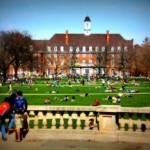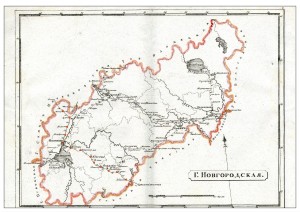Amidst all the craziness of this past … forever … I’m pleased to say that the Summer Research Laboratory at Illinois continues strong. We have a great program this coming summer, and excellent fellowship support available for scholars. (In addition to housing and travel grants for up to two weeks work in our fabulous library collections, we are able to offer $1000 grants in support of other expenses.)
So if you have a work you’ve been dying to finish, or are mulling over a new project but haven’t quite been able to lay out a plan, consider joining us! We have everything you need to get things done. The deadline for full consideration is March 15. I’m always happy to answer questions about the program.
Among our featured workshops this summer:
- The Eurasian Migration System: A Sponsored Summer Workshop for Researchers (June 11-15, 2018), led by Cynthia Buckley (University of Illinois), Andrei Korobkov (Middle Tennessee State University), and Laura Dean (Milikin University)
- Association for Women in Slavic Studies (AWSS) Workshop on Gender and Women in Russia’s Great War and Revolution, 1914-1922 (June 21-24, 2018), led by Adele Lindenmeyr (Villanova University) and Melissa Stockdale (Oklahoma University)
- Ralph T. Fisher Workshop: The Caucasus and Central Asia in Conversation: The Importance of Stories and Archives from the Soviet and Post-Soviet Periphery (June 15-16, 2018), led by Eva Rogaar (Illinois) and Ben Bamberger (Illinois)




